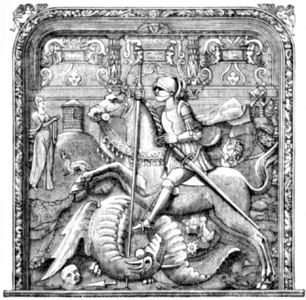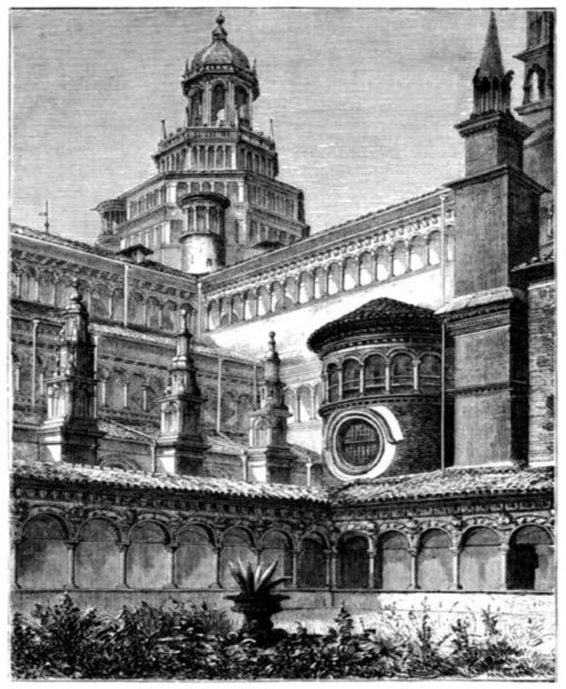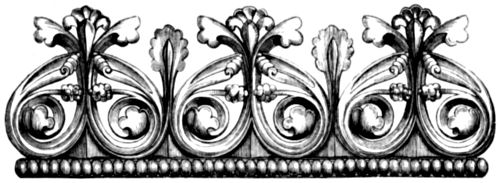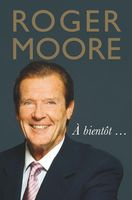Thomas Roger Smith - Architecture
Here you can read online Thomas Roger Smith - Architecture full text of the book (entire story) in english for free. Download pdf and epub, get meaning, cover and reviews about this ebook. year: 2015, publisher: eKitap Projesi, genre: Religion. Description of the work, (preface) as well as reviews are available. Best literature library LitArk.com created for fans of good reading and offers a wide selection of genres:
Romance novel
Science fiction
Adventure
Detective
Science
History
Home and family
Prose
Art
Politics
Computer
Non-fiction
Religion
Business
Children
Humor
Choose a favorite category and find really read worthwhile books. Enjoy immersion in the world of imagination, feel the emotions of the characters or learn something new for yourself, make an fascinating discovery.

- Book:Architecture
- Author:
- Publisher:eKitap Projesi
- Genre:
- Year:2015
- Rating:3 / 5
- Favourites:Add to favourites
- Your mark:
- 60
- 1
- 2
- 3
- 4
- 5
Architecture: summary, description and annotation
We offer to read an annotation, description, summary or preface (depends on what the author of the book "Architecture" wrote himself). If you haven't found the necessary information about the book — write in the comments, we will try to find it.
Architecture — read online for free the complete book (whole text) full work
Below is the text of the book, divided by pages. System saving the place of the last page read, allows you to conveniently read the book "Architecture" online for free, without having to search again every time where you left off. Put a bookmark, and you can go to the page where you finished reading at any time.
Font size:
Interval:
Bookmark:

[EDITED & ILLUSTRATED]
By
Thomas Roger Smith

Edited by Edward J. Poynter
Illustrated by Murat Ukray
ILLUSTRATED &
PUBLISHED BY
e-KTAP PROJES & CHEAPEST BOOKS
www.cheapestboooks.com
Copyright, 2015 by e-Kitap Projesi
Istanbul



ARCHITECTURE
GOTHIC AND RENAISSANCE
BY T. ROGER SMITH, F.R.I.B.A.


THE CERTOSA, NEAR PAVIA. From the Cloisters. Begun by Marco di Campione, A.D. 1393.
TEXT-BOOK OF ART EDUCATION, EDITED BY
EDWARD J. POYNTER, R.A.


THE history, the features, and the most famous examples of European architecture, during a period extending from the rise of the Gothic, or pointed, style in the twelfth century to the general depression which overtook the Renaissance style at the close of the eighteenth, form the subject of this little volume. I have endeavoured to adopt as free and simple a mode of treatment as is compatible with the accurate statement of at least the outlines of so very technical a subject.
Though it is to be hoped that many professional students of architecture will find this hand-book serviceable to them in their elementary studies, it has been my principal endeavour to adapt it to the requirements of those who are preparing for the professional pursuit of the sister arts, and of that large and happily increasing number of students who pursue the fine arts as a necessary part of a complete liberal education, and who know that a solid and comprehensive acquaintance with art, especially if joined to some skill in the use of the pencil, the brush, the modelling tool, or the etching needle, will open sources of pleasure and interest of the most refined description.
The broad facts of all art history; the principles which underlie each of the fine arts; and the most precious or most noteworthy examples of each, ought to be familiar to every art student, whatever special branch he may follow. Beyond these limits I have not attempted to carry this account of Gothic and Renaissance architecture; within them I have endeavoured to make the work as complete as the space at my disposal permitted.
Some portions of the text formed part of two courses of lectures delivered before the students of the School of Military Engineering at Chatham, and are introduced here by the kind permission of Sir John Stokes. Many of the descriptive and critical remarks are transcripts of notes made by myself, almost under the shadow of the buildings to which they refer. It would, however, have been impossible to give a condensed view of so extended a subject had not every part of it been treated at much greater length by previous writers. The number and variety of the books consulted renders it impossible to make any other acknowledgment here than this general recognition of my indebtedness to their authors.
T. R. S.

THE architecture generally known as Gothic, but often described as Christian Pointed, prevailed throughout Europe to the exclusion of every rival for upwards of three centuries; and it is to be met with, more or less, during two others. Speaking broadly, it may be said that its origin took place in the twelfth century, that the thirteenth was the period of its development, the fourteenth that of its perfection, and the fifteenth that of its decline; while many examples of its employment occur in the sixteenth.
In the following chapters the principal changes in the features of buildings which occurred during the progress of the style in England will be described. Subsequently, the manner in which the different stages of development were reached in different countries will be given; for architecture passed through very nearly the same phases in all European nations, though not quite simultaneously.
It must be understood that through the whole Gothic period, growth or at least change was going on; the transitions from one stage to another were only periods of more rapid change than usual. The whole process may be illustrated by the progress of a language. If, for instance, we compare round-arched architecture in the eleventh century to the Anglo-Saxon form of speech of the time of Alfred the Great, and the architecture of the twelfth century to the English of Chaucer, that of the thirteenth will correspond to the richer language of Shakespeare, that of the fourteenth to the highly polished language of Addison and Pope, and that of the fifteenth to the English of our own day. We can thus obtain an apt parallel to the gradual change and growth which went on in architecture; and we shall find that the oneness of the language in the former case, and of the architecture in the latter, was maintained throughout.
For an account of the Christian round-arched architecture which preceded Gothic, the reader is referred to the companion volume in this series. Here it will be only necessary briefly to review the circumstances which went before the appearance of the pointed styles.
The Roman empire had introduced into Europe some thing like a universal architecture, so that the buildings of any Roman colony bore a strong resemblance to those of every other colony and of the metropolis; varying, of course, in extent and magnificence, but not much in design. The architecture of the Dark Ages in Western Europe exhibited, so far as is known, the same general similarity. Down to the eleventh century the buildings erected (almost exclusively churches and monastic buildings) were not large or rich, and were heavy in appearance and simple in construction. Their arches were all semicircular.
The first rays of light across the gloom of the Dark Ages seem to have come from the energy and ability of Charlemagne in the eighth century.
In the succeeding century, this activity received a check; an idea became generally prevalent that the year one thousand was to see the end of the world; mens minds were overshadowed with apprehension; and buildings, in common with other undertakings of a permanent nature, were but little attempted.
When the millennium came and passed, and left all as it had been, a kind of revulsion of feeling was experienced; many important undertakings were set on foot, such as during the preceding years it had not been thought worth while to prosecute. The eleventh century thus became a time of great religious activity; and if the First Crusade, which took place 1095, may be taken as one outcome of that pious zeal, another can certainly be found in the large and often costly churches and monasteries which rose in every part of England, France, Germany, Lombardy, and South Italy. Keen rivalry raged among the builders of these churches; each one was built larger and finer than the previous examples, and the details began to grow elaborate. Construction and ornament were in fact advancing and improving, if not from year to year, at any rate from decade to decade, so that by the commencement of the twelfth century a remarkable development had taken place. The ideas of the dimensions of churches then entertained were really almost as liberal as during the best period of Gothic architecture.
Next pageFont size:
Interval:
Bookmark:
Similar books «Architecture»
Look at similar books to Architecture. We have selected literature similar in name and meaning in the hope of providing readers with more options to find new, interesting, not yet read works.
Discussion, reviews of the book Architecture and just readers' own opinions. Leave your comments, write what you think about the work, its meaning or the main characters. Specify what exactly you liked and what you didn't like, and why you think so.








